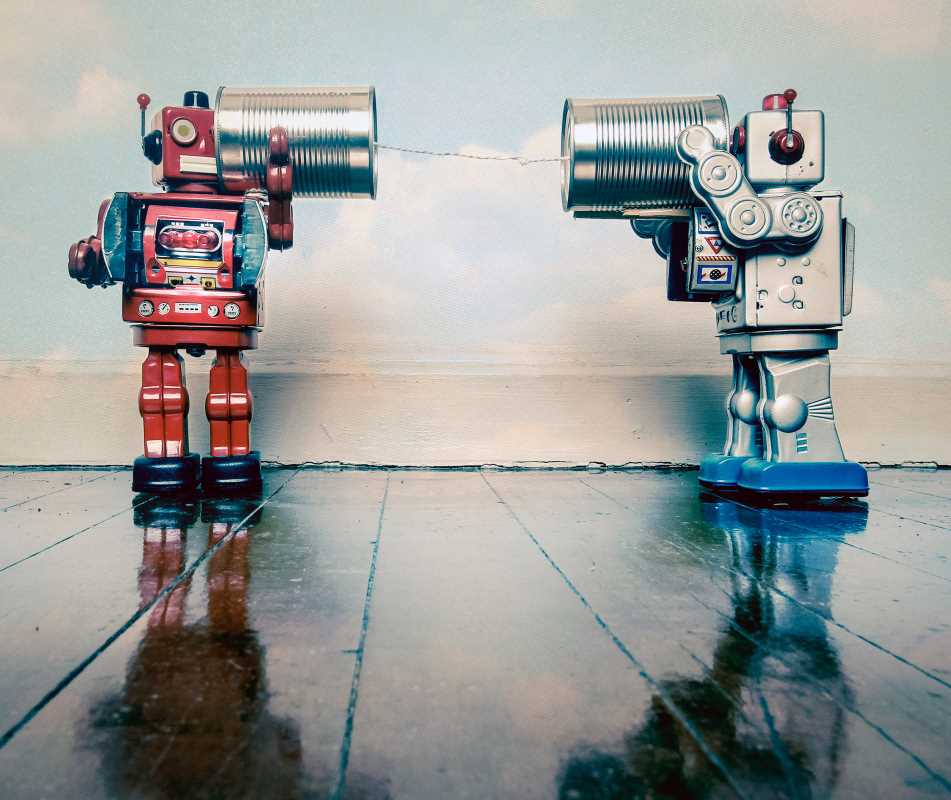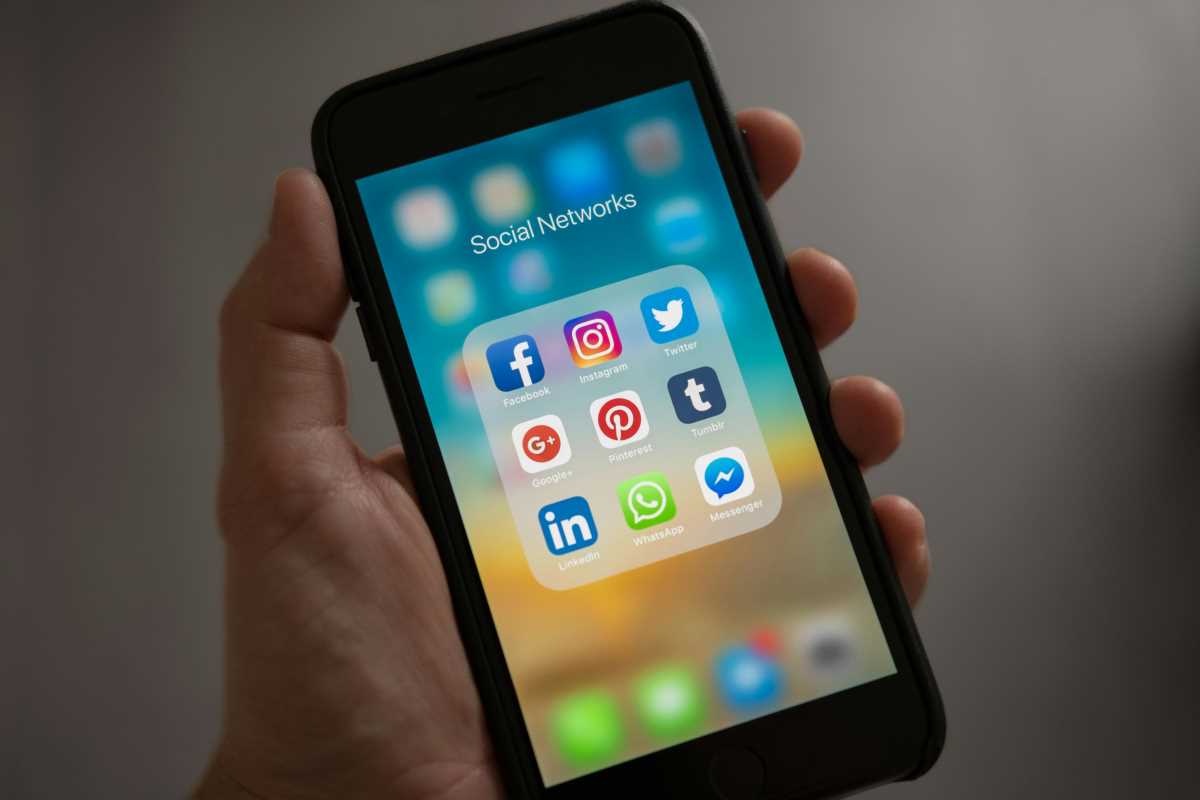Nostalgia is a powerful emotion. It bridges the gap between the past and the present, offering comfort and familiarity in a fast-changing world. Brands have mastered using this emotional pull to connect with their audiences in meaningful, memorable ways. Nostalgia marketing is truly effective at attracting longtime fans by evoking feelings tied to cherished past experiences. From revisiting popular trends to incorporating retro aesthetics, this strategy creates campaigns that resonate deeply. If you’re considering tapping into this approach, we will outline five practical ways to use nostalgia marketing to make a strong impression on your audience and pay homage to history.
1. Revive Iconic Products or Campaigns
Bringing back popular products, designs, or campaigns is a classic way to make nostalgia work for your brand. People love seeing items or themes that remind them of simpler times. Repeating something iconic from your brand's past creates a sense of familiarity and stirs positive memories.
- Coca-Cola resurrected its famous "New Coke" for a limited time during its partnership with Stranger Things, sending fans on a trip down memory lane.
- Pokémon's anniversary campaigns often feature the original 151 Pokémon, appealing to fans of the original game releases.
Examine your brand’s history for standout products or campaigns. Relaunch an updated version or craft a limited-edition revival while tying it to a modern storyline.
2. Use Retro Visuals and Themes
Retro aesthetics instantly transport audiences back in time. By mimicking the look and feel of older eras, you can create a campaign that feels genuine and relatable. Vintage-inspired fonts, colors, and layouts signal nostalgia and maintain appeal for contemporary audiences.
- Apparel brands like Levi’s frequently incorporate retro themes in their collections, such as the resurgence of '90s denim styles.
- Video game companies like Nintendo and Sega evoke nostalgia for childhood by featuring 8-bit graphics or remastered versions of classic games.
This artistic throwback creates instant recognition and excites longtime fans who resonate deeply with the visuals.
Create campaigns using aesthetics from a particular decade. Think retro typewriters, grainy filters, or bright '80s-inspired neon colors to immerse your audience in an authentic experience.
3. Reference Pop Culture Moments
Pop culture holds the key to many people's fondest memories. Referencing universally loved music, movies, TV shows, sports, or major events creates an instant emotional bridge with fans. This method creates an opportunity for your brand to celebrate the culture your audience grew up with.
- Adidas’ collaborations with Star Wars, combining legendary pop culture with apparel.
- Commercials that highlight famous '80s and '90s songs to instantly grab attention, such as Old Navy’s use of nostalgic pop music.
Cultural references also allow brands to demonstrate shared interests with their core audience.
Dive into pop culture from your customers’ most formative years. Partner with franchises, reference memorable events, or use familiar soundtracks to personalize your campaigns in a nostalgic way.
4. Create Community-Driven Content
Nostalgia often does best within tight-knit communities, attaching itself to shared experiences. Brands can use this to their advantage by curating campaigns that bring longtime fans together for collective reminiscing. User-generated content (UGC) or interactive campaigns make fans feel even more connected to the brand.
- LEGO’s appeal among adult fans involves engaging nostalgic customers through forums, social campaigns, and crowd-sourced designs.
- Nickelodeon frequently uses social media challenges that encourage followers to share personal memories tied to 2000s-era shows like Rugrats or Hey Arnold!.
Launch interactive events or social media campaigns that invite fans to post their own nostalgic stories or images. Use hashtags and re-share the best contributions to encourage engagement and community.
5. Pair Nostalgia with Modern Twists
Though nostalgia marketing works by honoring the past, blending it with modern twists keeps campaigns fresh, relevant, and attractive to a diverse audience. Balancing tradition with innovation means appealing to longtime fans and also captivating younger generations who value creativity.
- The Stranger Things Netflix show, which effectively merges '80s visual and cultural aesthetics with modern storylines and effects, has become a hit across age groups.
- Burger King returned to its '90s-style logo but re-envisioned it with sleeker designs for modern audiences.
The right blend invites curiosity about revisiting history and showcases how it connects to present-day relevance.
Maintain core elements of nostalgic references but innovate through technology, storytelling, or modern-day cultural tie-ins. Transform a classic print ad style into animated social media posts.
 (Image via
(Image via





